
|
SERVICES | PAYMENT | COURSES | BOOKS | CONTACT | SEARCH |

|

|
| Christopher Warnock, Esq. |
A Hermetic Treatise on Geomancy
| HOME |
|
|
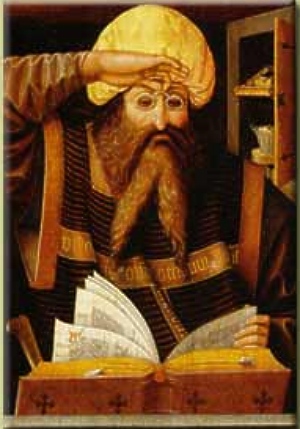
|
Here begins the Lecture on Geomancy according to Hermes the philosopher, its first inventor, as revealed to him by an angel he summoned on a certain mountain.
Lectura Geomantiae
Lectura Geomantiae
Introduction to Lectura Geomantiae
|
|
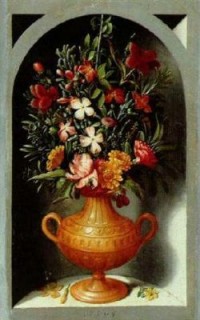
|
The portions of the Lectura Geomantiae presented here are the Prologue and section on the 12 geomantic Houses. The complete Lectura Geomantiae translation will be a part of John Greer's forthcoming Geomancer's Sourcebook along with translations of other important traditional geomantic texts.
The Lectura Geomantiae is attributed to Hermes Trismegistus, the sage and author of the Corpus Hermeticum. Lectura Geomantiae is part of the technical Hermetica, the practical Hermetic arts which included alchemy and magic as well as astrology and other methods of divination.
Lectura Geomantiae
TRANSLATED BY JOHN MICHAELGREER
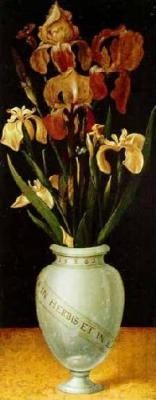
|
|
There the science was revealed to him by the words of the angel, who had sand before him, and made four lines of points in order, in the form of a left hand without the thumb, thus: the first line was long, the second longer than the first, the third shorter than the second, and the fourth shorter than the third, so it looked like this:
o o o o o o o o o o
o o o o o o o o o o o o
o o o o o o o o o o
o o o o o o o o
Then the angel said to him: "Erase the points, and what remains?" The points left over were in the form of a crowd. The angel then said, "It is called Crowd," and this was the first figure: Populus. And the next is in the form of a road, and is called Road, or Via. The third is not all of the same kind, and is called Prison, or Carcer. The fourth is in the form of a conjunction, because it is made in the same way as conjunctions are made in writing, thus it is called Conjunctio.
And these are the first four figures, which are called axial, and they are called "axial" inasmuch as they are the same no matter how they are turned, or they may be called "axial" because they are the mothers from which the other figures are born.
Note that we ought always to cast the points from left to right, and erase from right to left, so:
o o o o o o o o o o
Note also that we ought always to put the mothers to the right and the daughters to the left, as in this example:
Daughters
Puer, Puella, Conjunctio, Carcer
Mothers
Acquisitio, Caput Draconis, Via, Amissio
And they ought to be ordered in this way in every divination.
|
|
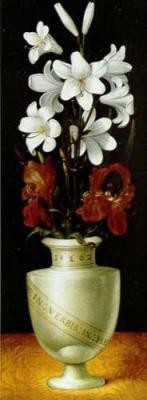
|
Note also that in every question, there are always four angles, four cadent houses, and four houses intermediate between them. The angles are the first, fourth, seventh and tenth houses; the cadent houses are the second, sixth, eighth, and twelfth; and the ones intermediate between them are the third, fifth, ninth, and eleventh. Thus we have twelve houses, just as the astrologers do.
Note also that when Rubeus is found in one angle of a chart, the chart can be truly judged, but if it appears in two angles, or three, or all four, then the chart cannot be judged, but ought to be burned up at once because it signifies many evils, etc.
Note also that when a person casts a reading he ought not to say anything while he is making the chart, and that he should keep his mind on the question, etc.
Note also that by this Greek word "u z d a" we can find the house of the figures, that is to say, in which houses the figures belong, because if the first single point in the first figure comes in the uppermost line, that means 2; if the first single point in the first figure comes in the second line, that means 7; if in the third line, 4; and if in the fourth and last, 8. Thus we can find the proper houses of the figures by these numbers; by "u" we understand 2, by "z" 7, by "d" 4, and by "a" 8, as in the example "u z d a."
Note also that when Cauda Draconis is found several times in any question, then we ought to judge that many lies are being told.
Note also that when Populus is found several times in any question, this is a sign that many people are talking about the querent.
Note also that when Cauda Draconis or Amissio are found in th second house, this is a sign that the querent spends more than he earns.
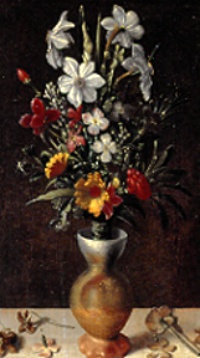
|
|
In the first house, we ask about the querent's condition and about his personality and everything pertaining to him.
In the second house, we ask about the querent's money, about all his property, about false news and rain and every sort of weather, and of everything that is shown to us in the natural world.
In the third house, we ask about short journeys, brothers and sisters, and all other relatives except the mother and father, who are not asked about in this house, and also questions about the church and all close friends.
In the fourth house, we ask about inheritances and fathers and their wealth, and lost treasures, and pregnant women.
In the fifth house, we ask about news and messengers and dreams, and all tasks not yet finished, and of sons and daughters.
In the sixth house, we ask about serfs, servants, and maids, and small beasts such as pigs, sheep, goats, and other edible animals, and of sickness and imprisonment and sickbeds.
In the seventh house, we ask about wives and all women, except for girls and maidens, and all things sought for and all conflicts.
In the eighth house, we ask about the querent's death and all the things that endanger him.
In the ninth house, we ask about the querent's conduct, and the offices he holds, and all long journeys.
In the tenth house, we ask about kings and princes and judges and officials and all who have dominion over land, whether noblemen or officers, and about gold and every other noble thing.
In the eleventh house, we ask about hopes and absent friends and all future things.
In the twelfth house we ask about betrayals and conspiracies, and large beasts such as cows, mules, horses, deer, and others of that sort, and about enemies.

HOME
Please Contact me with any Questions or Comments.
Specializing in Horary Astrology, Electional Astrology Astrological Magic and Astrological Talismans.
Translation Copyright 2006, John Michael Greer, All Rights Reserved.
Copyright 2006, Christopher Warnock, All Rights Reserved.

